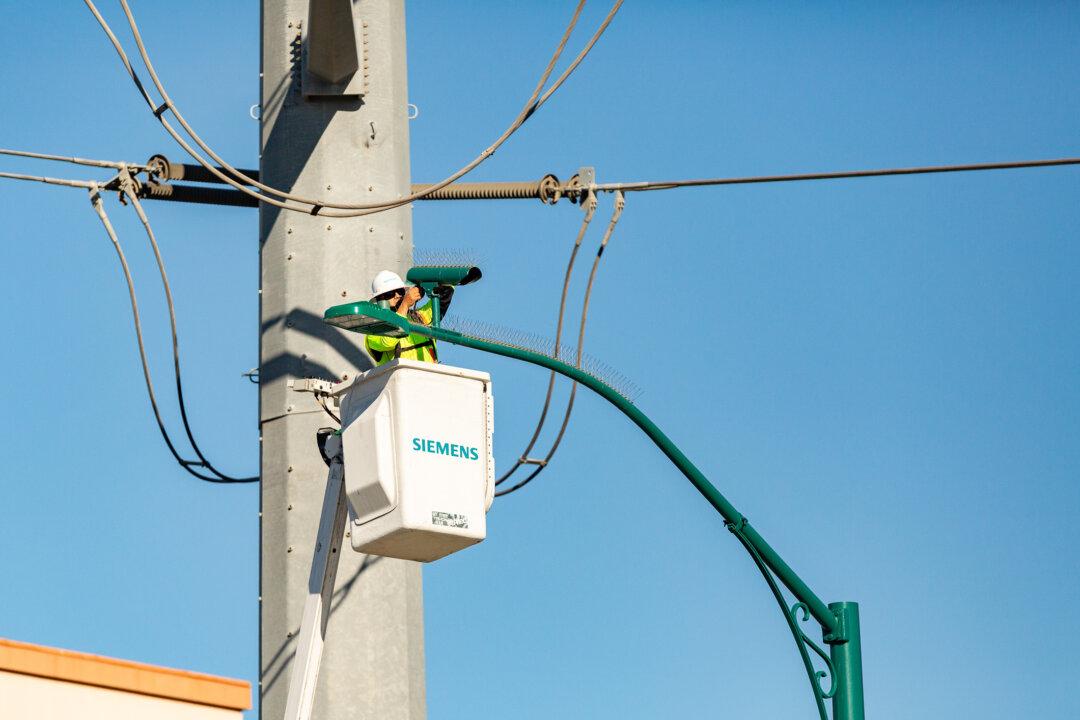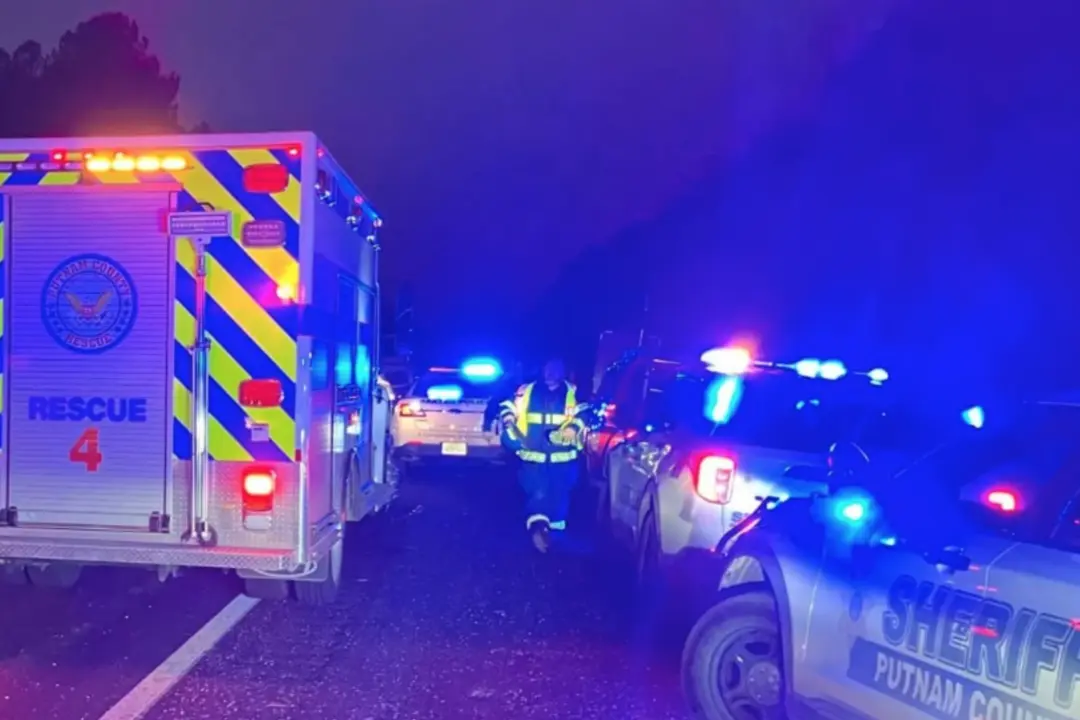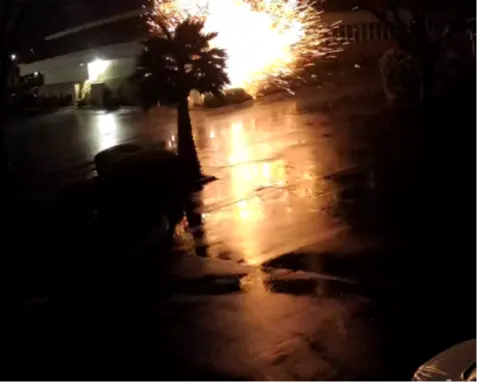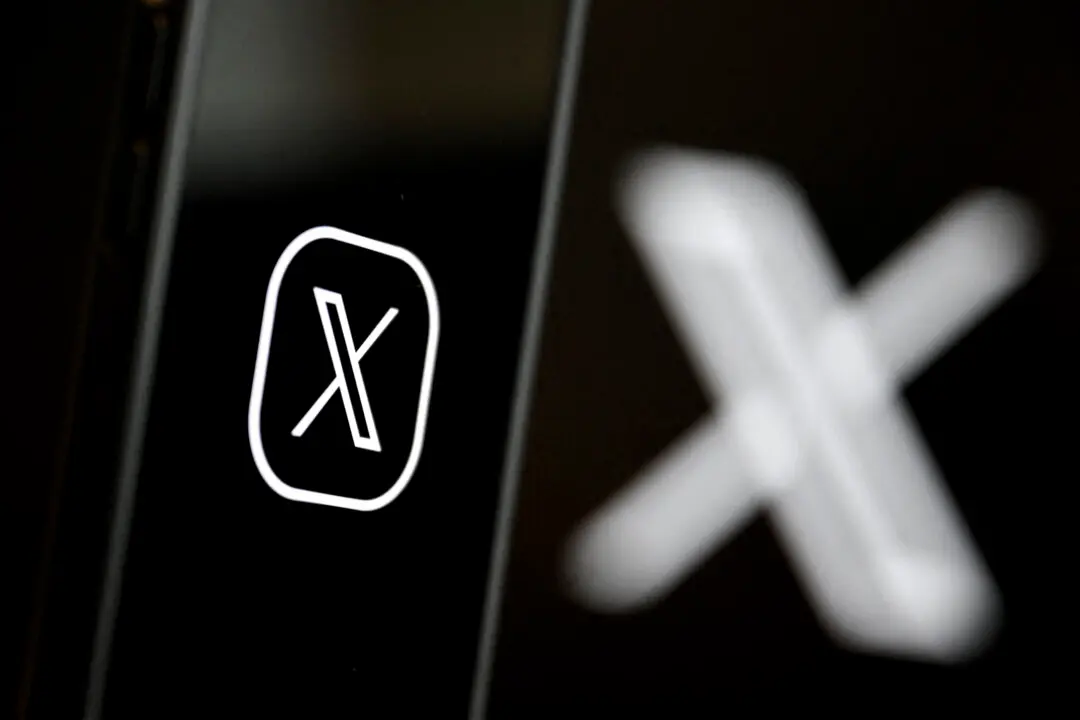A proposed five-year pilot program that calls for using traffic cameras to issue automatic tickets to speeding drivers traveling more than 10 miles per hour over the limit in California is close to approval in the state’s Legislature.
Assembly Bill 645 passed a second Senate hearing in the Judiciary Committee July 11 after clearing the Senate’s Transportation Committee June 27. The State Assembly approved the bill on May 31.





